The Royal Enfield Interceptor Bear 650 is an example of what can be achieved with the Interceptor platform.
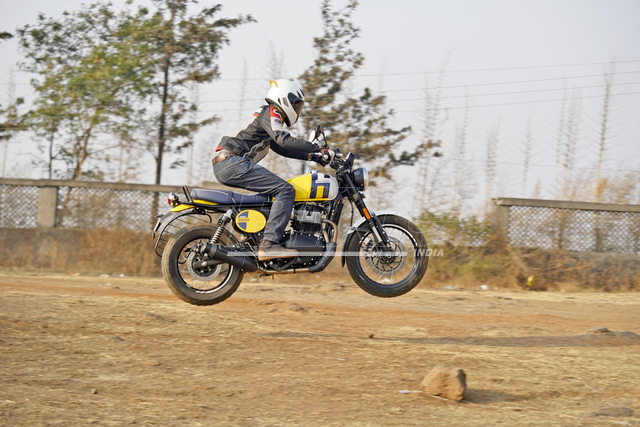
Story: Joshua Varghese
Photography: Sanjay Raikar
The launch of the Royal Enfield Interceptor 650 was a significant milestone in the motorcycle history of India. It also gained considerable popularity globally, including the so called developed markets such as the United Kingdom. As good as it is, this motorcycle is devoid of off-road ability, though all along having the potential to form an able base for a scrambler. Royal Enfield not only identified this potential, they also found a way to add some of their heritage to it. The Interceptor Bear 650 is the result of that combination.
I am glad to have written this piece during the month of January because 16-year-old Eddie “Fast Eddie” Mulder won the famous Big Bear Run in January 1960. Eddie was astride a Royal Enfield when he earned his place in history by emerging victorious in America’s most important motorcycle race at the time. This Interceptor Bear 650 is Royal Enfield’s way of tipping their hats to the boy champion and it cannot be dismissed as another marketing stunt because, regardless of what this motorcycle is called, it is a genuinely good product.
The resemblance to the Interceptor is evident from almost every angle but the modifications are extensive enough to give the Bear its own identity. Its stance is different, thanks to the 17-inch wheel at the rear and the 19-inch one at the front while the long-travel suspension aids this motorcycle in towering above other 650s. There is not much in the way of bodywork and Royal Enfield’s new colour schemes add to the Bear’s visual appeal. It is a handsome motorcycle and the two-into-one exhaust system rounds off the “ready for anything” look.
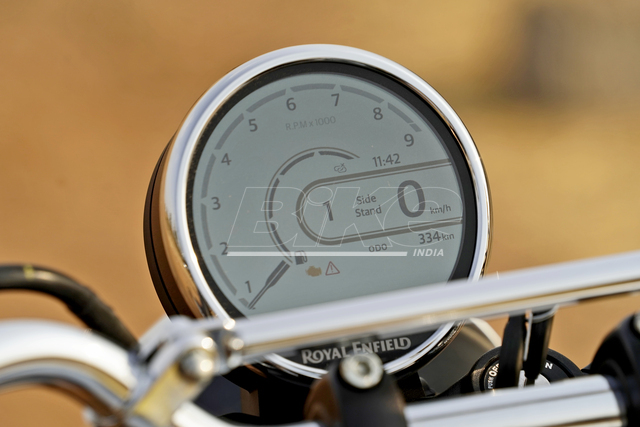
Furthermore, the levels of quality have improved significantly. The paint finish feels premium while the switches and other parts of the motorcycle are machined well. The attention to detail is worthy of appreciation.
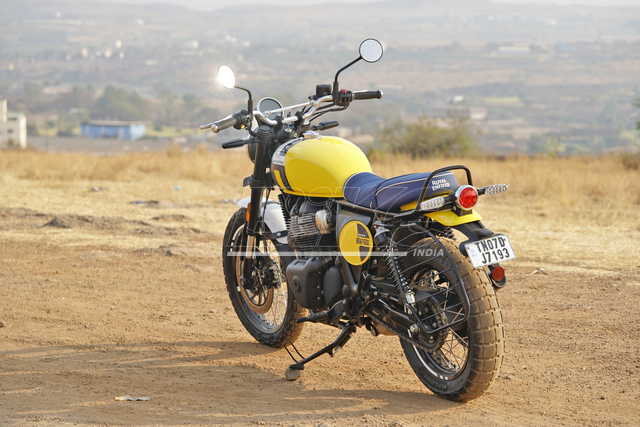
Since the seat is 830 millimetres off the ground, those who are not comfortable on the Interceptor 650 may struggle a bit on this one. Unless one has both feet firmly on the ground, it is difficult to move this motorcycle around with the ignition off. If one can get over that hurdle, we are pleased to report that it masks the weight well once on the move. Even in the hands of a beginner, the Bear will feel fluid and natural, such is the balance and weight distribution of this motorcycle. At 216 kilograms, it is two kilos lighter than the Interceptor but, interestingly, two kilos heavier than the Continental GT.
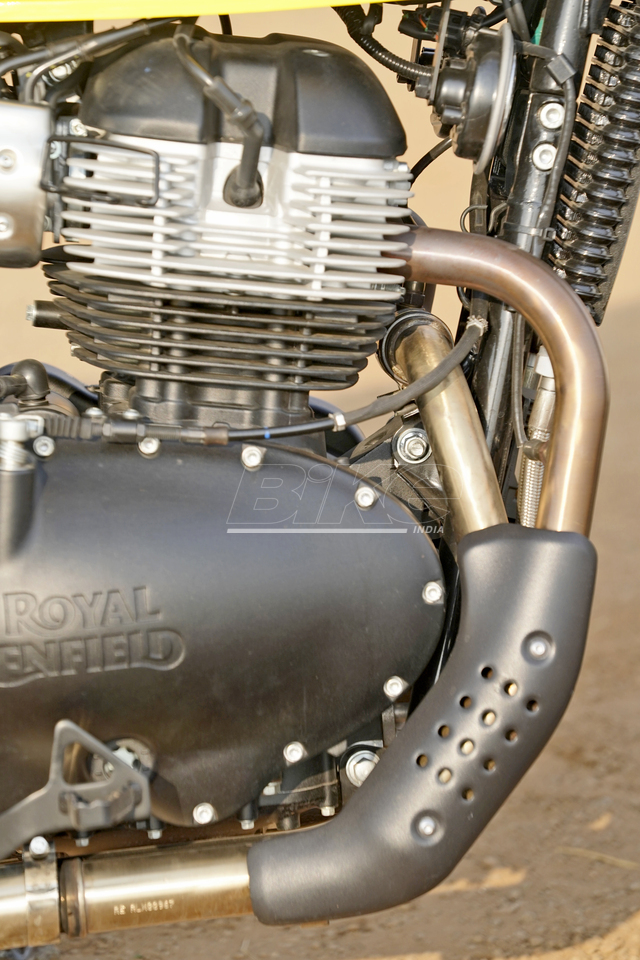
Motive force comes from the familiar 648-cc, air-cooled, parallel-twin engine. In the Bear, it develops 47.5 hp at 7,150 rpm and a peak torque of 56.5 Nm at 5,150 rpm. There is a six-speed transmission, no surprises there. Over the years, Royal Enfield have significantly improved this mill in terms of refinement and it is currently at its buttery-smooth best. It sounds better too. The characteristic parallel-twin induction whistle is accompanied by a roar and an exciting exhaust note courtesy of the new exhaust system. With the occasional pops and crackles, it adds another dimension of enjoyment to this fun machine. Torque rolls in confidently and gracefully. Since it is spread over a wide powerband, there is almost no such thing as being in the wrong gear. The Bear can pull away from as low as 40 km/h in sixth gear. While we are perfectly happy with cruising around on the Interceptor, the Bear feels most fulfilling when ridden fast. It appreciates being flogged through the gears and responds eagerly when thus goaded. Plus, it then sounds a lot more exciting too.
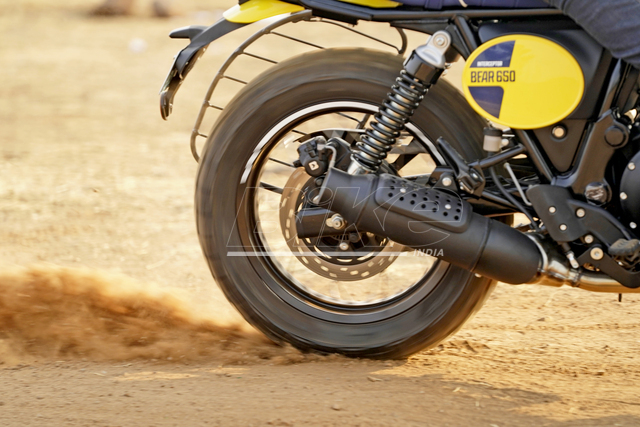
With 130 millimetres of travel at the front and 115 mm at the rear, the Bear is well equipped to absorb the jerks thrown up by road imperfections. The way it is damped allows this 216-kg motorcycle to hold the road well without losing composure. This contributes generously to its composure at speed. Those graduating from motorcycles of smaller capacity with softer suspension may feel that the ride quality is on the firm side and they will not be entirely wrong. The suspension is set up on the firmer side but the ride is not harsh. This set-up offers a good balance of composure at a good pace, capability off the road, and comfort for the pillion rider too. A change in the damping either way could affect one or more of these attributes adversely.
On the road, the Bear is predictable and even inspires enough confidence to be ridden like a hooligan. The marriage of the suspension and MRF tyres is so harmonious that it pushes one to explore the grip available and there is plenty of it. However, grip in the wet is limited. What surprised me was the motorcycle’s handling off the road. Even with the rear wheel overcoming traction quickly and the tail sliding around under power, the Bear was easy to manage and felt far from scary. It pushed me to attempt longer slides and higher jumps. Those who want the best of both worlds may take to this motorcycle without much hesitation.
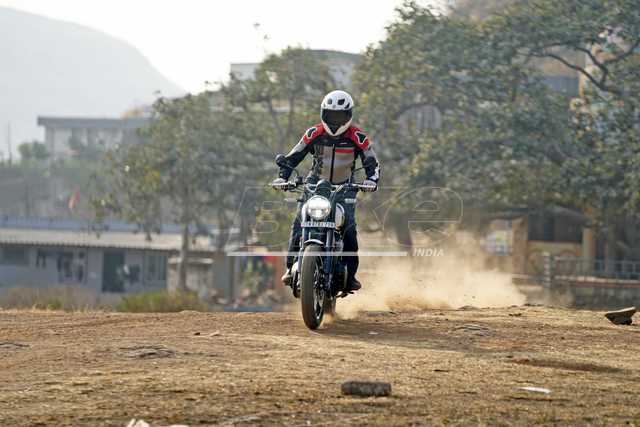
For Rs 3.44 lakh (ex-showroom), one gets a motorcycle built to global standards and, perhaps, the most versatile and practical 650 within that price range. In a world where most motorcycles are trying to be everything and making compromises to be acceptable overall, the Bear achieves the desired result without much struggle.
Also Read: Royal Enfield Classic 650 Review

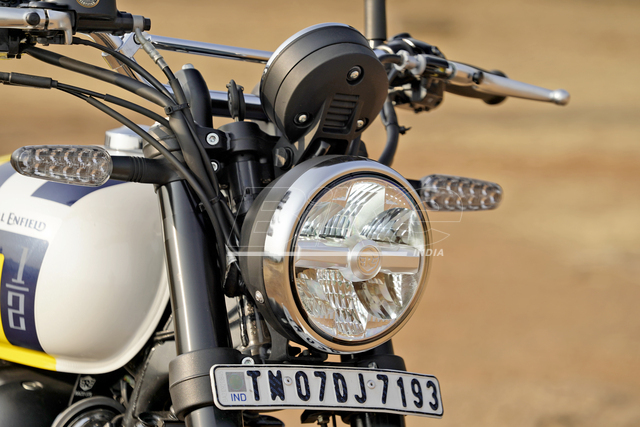

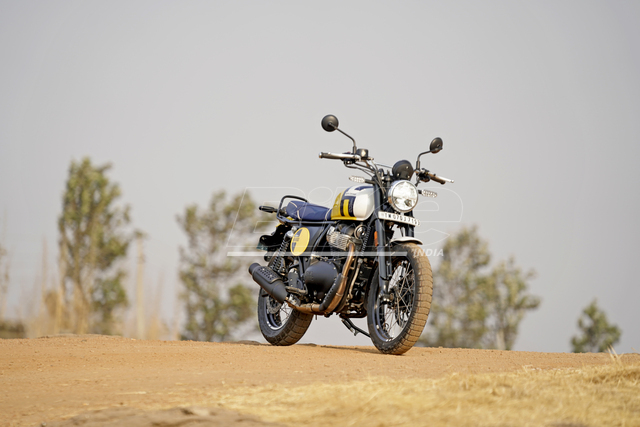
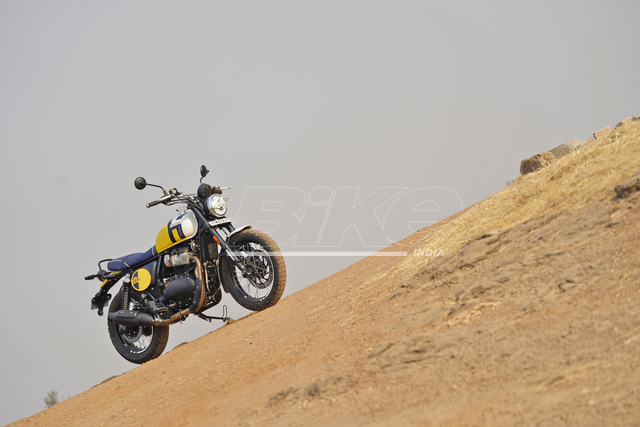
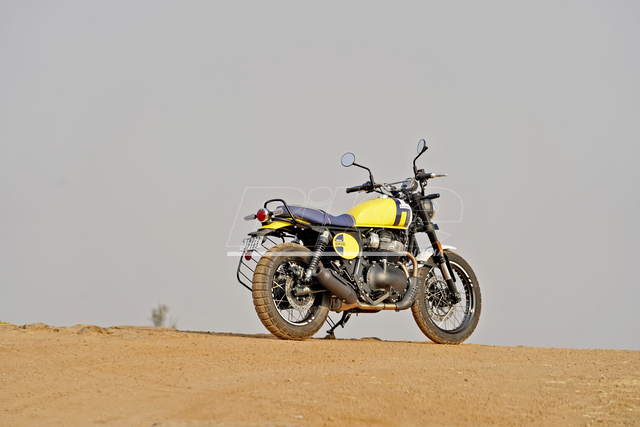
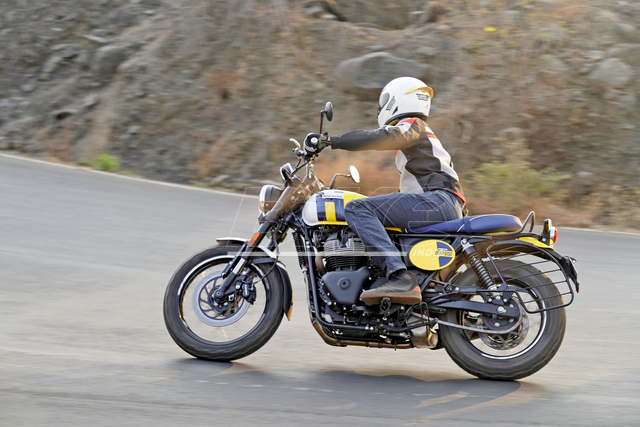
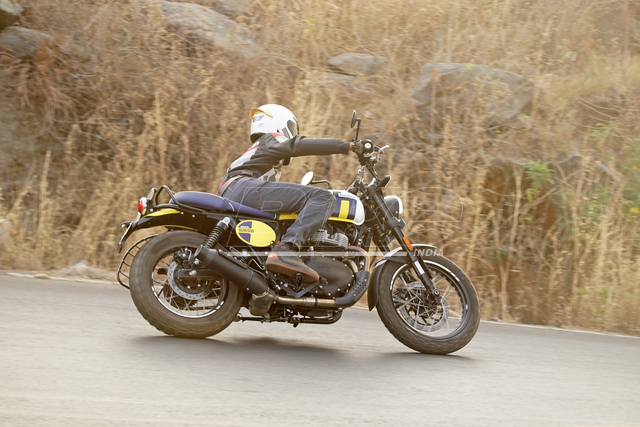
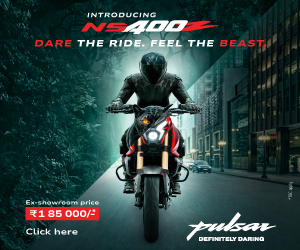
Leave a Reply